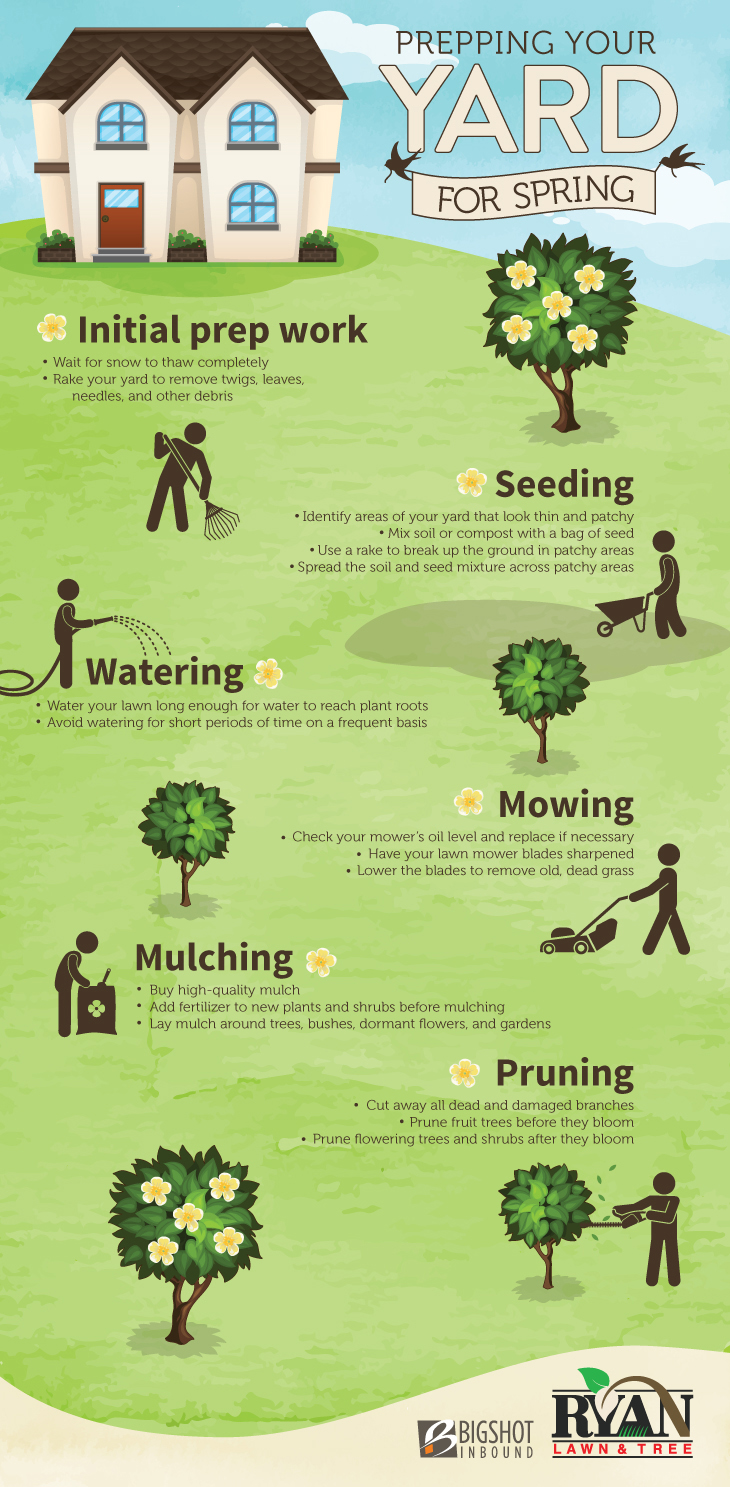Caring For Your Landscape After Tree Elimination Is Important For Its Restoration; Reveal Essential Measures To Freshen Your Setting And Prevent Future Complications
Caring For Your Landscape After Tree Elimination Is Important For Its Restoration; Reveal Essential Measures To Freshen Your Setting And Prevent Future Complications
Blog Article
Team Author-Hinrichsen Chambers
After a tree's elimination, your landscape may look quite various, and it's essential to examine the aftermath very carefully. You'll wish to assess the dirt disturbance and check surrounding plants for any type of indications of anxiety. Disregarding these variables can lead to bigger problems down the line. So, what should you perform with those stumps and origins? And how do you pick the most effective plants for your rejuvenated room? Let's explore these essential actions.
Analyzing the After-effects: Reviewing Your Landscape
After a tree elimination, it's vital to examine your landscape to comprehend the influence it has on your backyard.
Beginning by analyzing the area where the tree stood. Look for indicators of soil disruption, and examine the bordering plants for any kind of anxiety or damages.
You ought to additionally take note of how the removal has transformed sunlight exposure and airflow in your garden. This change can impact the development of nearby plants, so it's important to assess their health and wellness.
Take into Lilac Tree Pruning might produce an open space that you can redesign.
Ultimately, consider any possible disintegration problems that might arise from the tree's lack. Resolving these factors early will aid recover equilibrium to your landscape.
Handling Stumps and Origins: Choices for Removal
When you've examined the after-effects of the tree removal, you'll likely require to take on the stump and roots left.
You have a few options for removal. One efficient technique is stump grinding, where a professional uses an equipment to grind the stump to below ground degree. This strategy leaves minimal disturbance to your landscape.
If you like a do it yourself approach, you can use a combination of digging and chemical stump removers. Just remember, this process can take some time and initiative.
Conversely, consider leaving the stump as a natural attribute, which can work as a special garden component or environment for wildlife.
Whatever you choose, addressing the stump and origins is crucial for restoring your landscape.
Picking the Right Plants for Your New Area
As you assess your newly removed space, choosing the right plants can dramatically improve your landscape's elegance and performance.
Begin by considering the sunshine and dirt conditions. For bright locations, choose drought-resistant plants like lavender or succulents. In shaded places, brushes and hostas prosper well.
Think of the size and growth habits of your plants; mix perennials and annuals for seasonal range. Don't fail to remember to incorporate native varieties; they call for less maintenance and support local wildlife.
Team plants in strange numbers for a much more natural appearance and create layers for aesthetic deepness.
Lastly, Pruning Neglected Apple Trees have a mix of colors and appearances to maintain your landscape vivid throughout the seasons.
Happy growing!
Verdict
In conclusion, recovering your landscape after tree elimination is a satisfying procedure. By examining the results, addressing stumps and roots, and selecting the right plants, you'll produce a growing atmosphere. Don't neglect to include disintegration control steps to protect your soil. With a little initiative and treatment, you can change your space right into a vibrant yard that enhances your property. Accept the chance to invigorate your landscape and enjoy the charm of nature right in your backyard!
